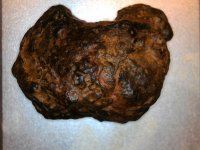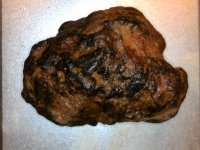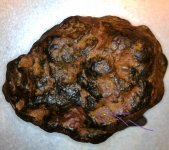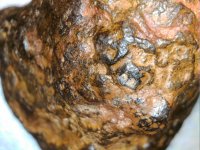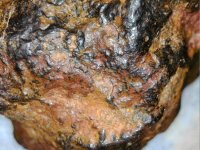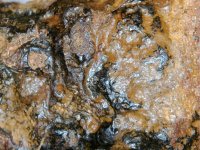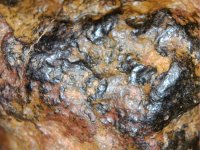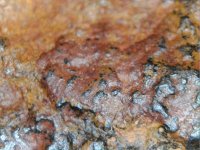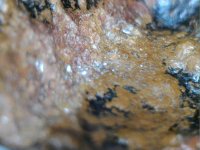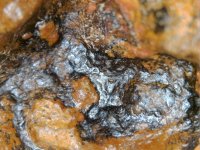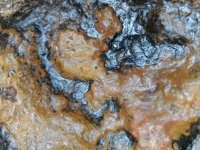I found this in a ditch by a tall dirt wall created by erosion. Way out in rural southeast Alabama far from anywhere. I was hunting for arrowheads. I found a broken one and some petrified wood that fell out of the earth overtime and into the ditch where water washed down a hill. I saw this and thought it looked odd l..it was covered in mud but I took it home and washed it off. It weighs about 75 g. I haven't filed it because I don't have a file. Matches meteorites I've seen perfectly. Opinions? ATTACH=CONFIG]1791495[/ATTACH]
